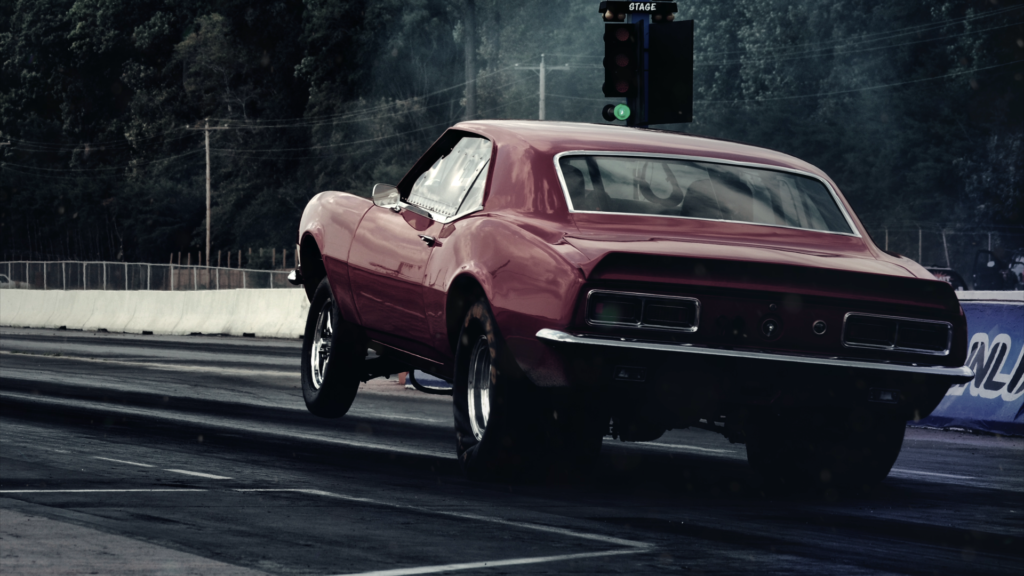 Hello Composers, Mike here! =)
Hello Composers, Mike here! =)
Do you want to learn how to compose big, bold power music?
Great, because I have made a list of practical tips which I consider to be some of the most important aspects of power music.
Now, of course “power music” come in many different styles, moods and character. From powerful boss type music, to bad-ass macho vibe, to heroic power, to epic battle and war music.
However, I still I have some great guidelines for you that I believe covers all these styles of power music. And I will even give you some practical examples. Alright, here we go! =)
Power Music – Example 1
Here is one of my compositions, that I focused on a low tempo (90BPM), heavy chugging guitars, epic percussion vs hard rock drum kit, and lots of powerful stabs.
This is my track description: “Heavy Power, Smoke, Oil and Big Engines. This Metal vs Big Bad Orchestra track will add that extreme bold power to any project”.
Power Music – Example 2
This composition made by Luis Adrian Parra is a great driving, high energy track with fast pulsing synthesizer driving the energy, and choir and orchestral stabs providing that huge powerful vibe.
He describes his composition as: I imagined a great and intense racing in a cyperpunk world “Cyperpunk Race”.
How to write Power Music
I want to give you my personal practical tips for writing power music, regardless of style. These are, what I consider, fundamental guidelines.
- Bold Accents
This is really necessary to get that true sense of power. Often it is hard accents on percussion, but it can also be big stabs on orchestral instruments (brass and low strings in particular), and choirs. Generally focus on the lower range for those bold accents. You don’t have to rely on percussion for bold accents. Listen to the Darth Vader theme which focus on those accented low notes to convey a sense of the massive power of the dark side. - High Contrast
This guidelines is related to bold accents, because contrast is what makes things more powerful. Light vs Heavy, Wide vs Narrow, Thin vs Fat etc. To have contrast, you need to make sure you pick what those notes and sounds will provide the sense of power in your music. And then dial back other sounds, give room in the arrangement of the notes played on other parts and so on. Choose your focus, and boost the power of those parts. You can even augment those notes with other instruments, by layering in unison, octaves or even harmonies. - Fat Bass
If you want really powerful music, you need to make sure your low end is very strong, focused and comes through in the mix. Bass is by nature the frequencies that have the most power in terms of sound energy. Use it well. Using octaves in the bass for example, with double basses and cellos. Even layering with sub bass to make sure you really get to those deepest frequencies. Low-End = Power. - Strong Rhythm
Focusing on a strong, clear main groove (rhythm) is essential for power music. It can be slow, mid-tempo or fast, but you need a very direct focus on the main beat. Again, this doesn’t have to be percussive rhythm. Think again on the Darth Vader theme, which has a very rhythmic melodic theme. - Focused Theme
Whether you choose to go with a melodic motif, a riff, or any type of hook for your composition. Your main theme should be very, very focused. Power it up with layering, doubling etc. Make sure it gets the listener’s full attention. Make your theme stand out, bold and proud, shoulders back and head high.
Now Take Action! =)
Now it is time for you to take action! Meaning to compose and produce a new “Power Music” track, to add to your composer portfolio.
Use these reference tracks, and guidelines for motivation and inspiration. But remember, guidelines are not rules. You always have ultimate creative freedom as a composer when creating your music.
Have fun writing Power Music, my friends! =)

